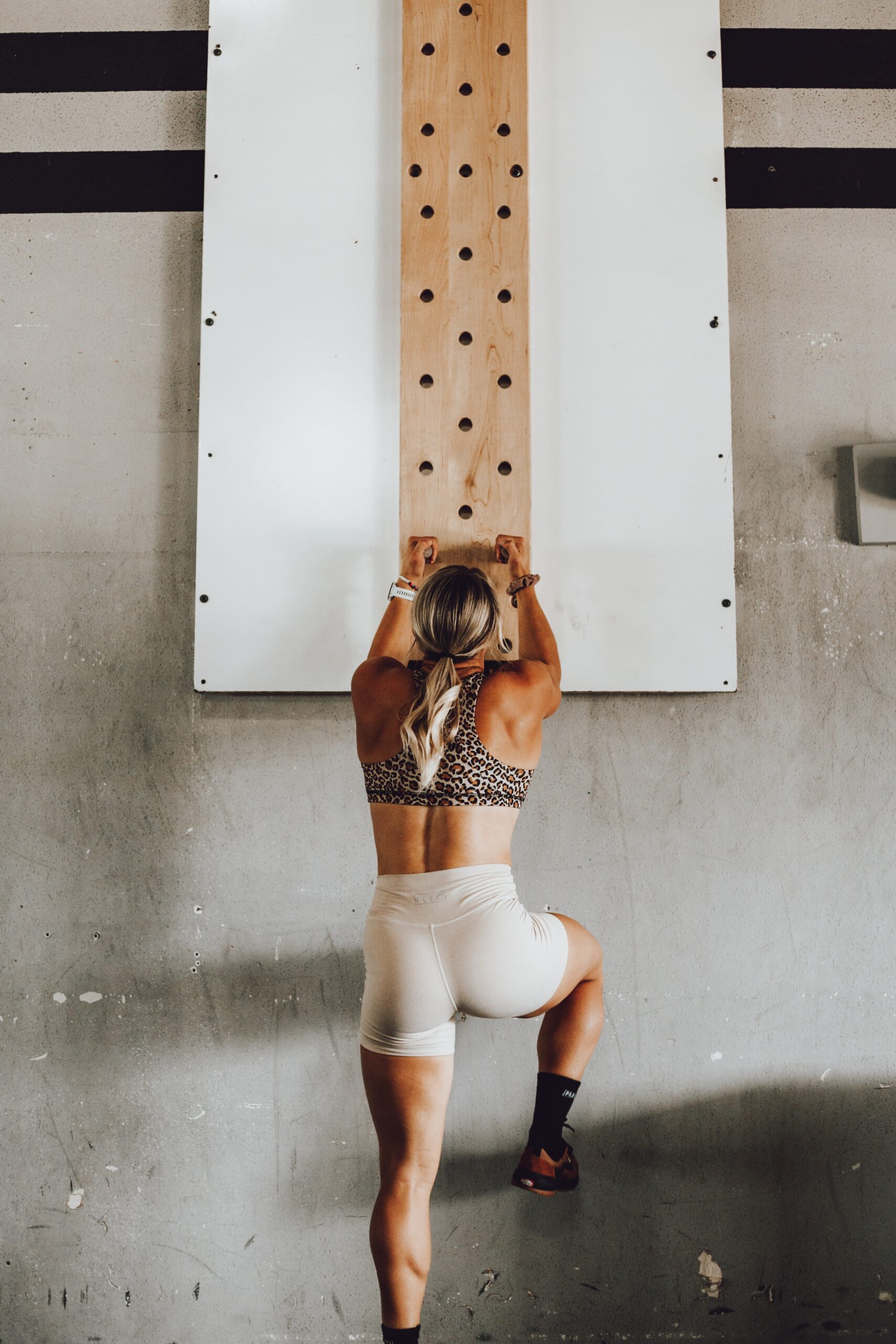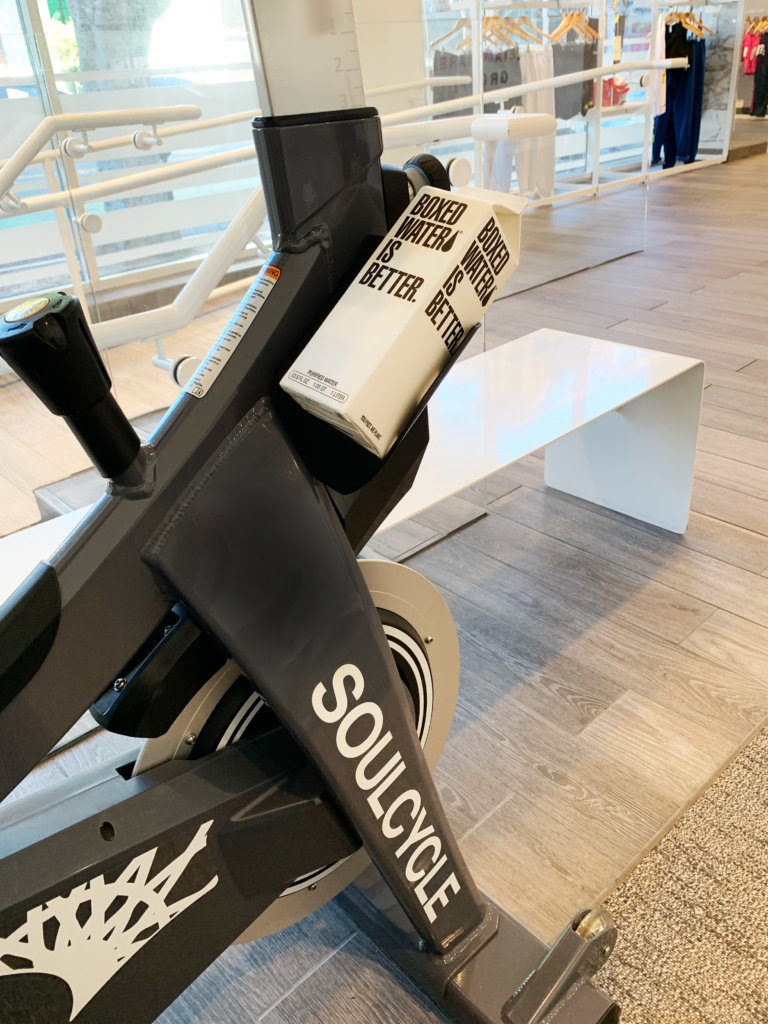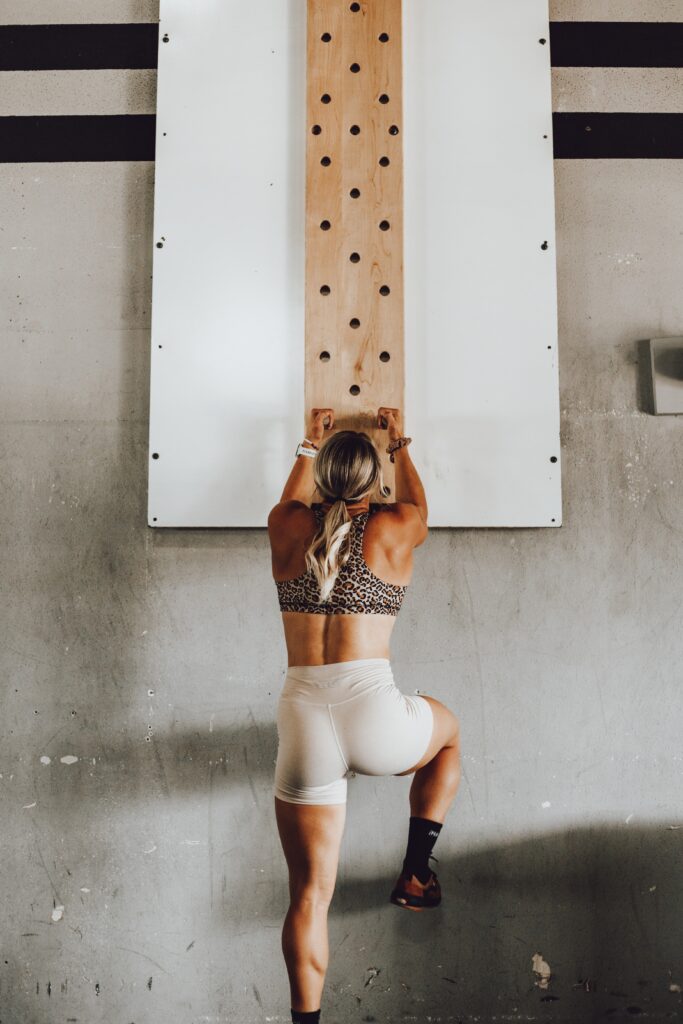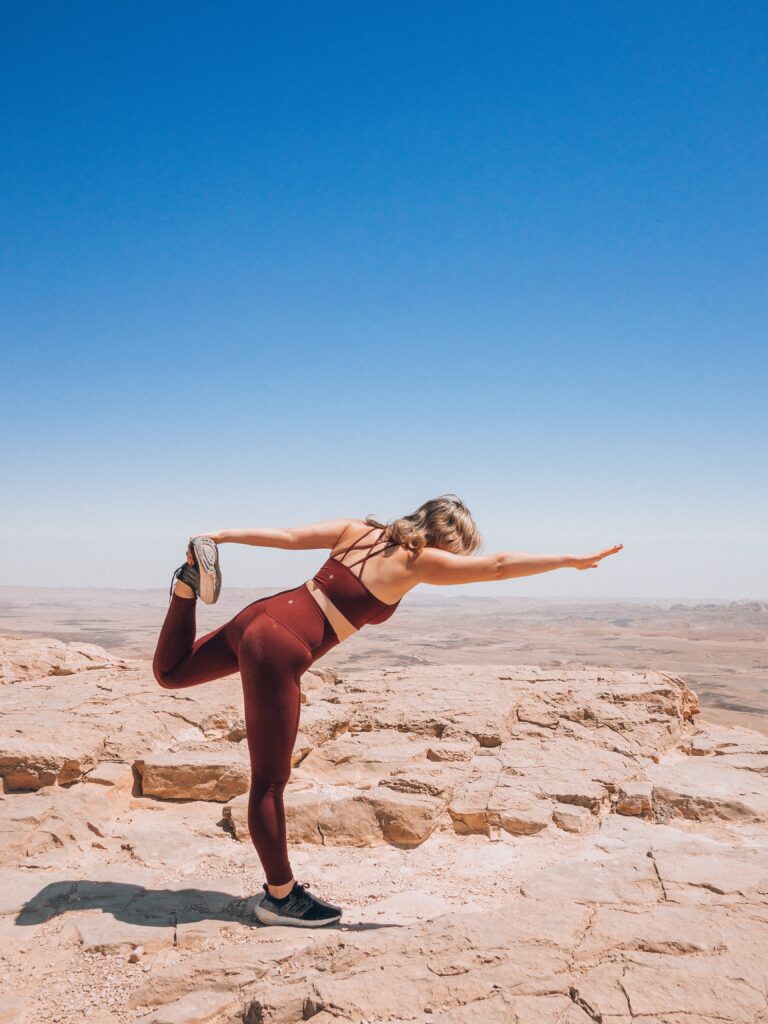
If you’re a man looking to strengthen and define your abs, then we have just the solution for you. Our product, “5 Effective AB Workouts for Men,” is designed specifically to help you achieve your fitness goals and get those six-pack abs you’ve always wanted. With a variety of targeted exercises and step-by-step instructions, this product offers a comprehensive guide to building strong and sculpted abs. Whether you’re a beginner or a seasoned gym-goer, these workouts are sure to challenge and motivate you on your fitness journey. Say goodbye to generic ab routines that yield minimal results and hello to a product that delivers real, noticeable improvements. It’s time to take your ab game to the next level with “5 Effective AB Workouts for Men.”

1. Crunches
Crunches are a popular exercise for targeting and strengthening the abdominal muscles. They are simple yet effective, making them an essential part of any ab workout routine. There are several different types of crunches that you can incorporate into your workout to target various areas of your abs and increase the overall effectiveness of your routine.
Types of Crunches
- Basic Crunch: Lie on your back with your knees bent and your feet flat on the floor. Place your hands behind your head, with your elbows pointing out to the sides. Lift your upper body off the ground, using your abdominal muscles to curl your shoulders towards your hips. Lower back down and repeat.
- Reverse Crunch: Lie on your back with your knees bent and your feet lifted off the ground, creating a 90-degree angle at your hips and knees. Place your hands on the floor beside you for support. Use your lower abs to lift your hips off the ground, bringing your knees towards your chest. Slowly lower back down and repeat.
- Oblique Crunch: Lie on your back with your knees bent and your feet flat on the floor. Place your hands behind your head, but this time bring your right elbow towards your left knee as you lift your upper body off the ground. Lower back down and repeat on the other side, bringing your left elbow towards your right knee.
- Swiss Ball Crunch: Sit on a Swiss ball with your feet flat on the floor. Lie back, positioning the ball under your lower back. Place your hands behind your head and perform a crunch motion, lifting your shoulders off the ball. Lower back down and repeat.
Proper Form and Technique
To ensure you are getting the most out of your crunches, it is important to maintain proper form and technique. Here are some tips to keep in mind:
- Keep your neck and spine aligned. Avoid pulling on your head or neck with your hands, as this can strain your neck and cause discomfort.
- Engage your core muscles throughout the exercise. Focus on using your abdominal muscles to lift your upper body off the ground, rather than relying on momentum or pulling with your arms.
- Exhale as you lift your shoulders off the ground and inhale as you lower back down. This deep breathing can help engage your abdominal muscles and improve your overall control and stability.
Tips for an Effective Crunch Workout
To optimize your crunch workout and see the best results, consider implementing the following tips:
- Start with a warm-up: Before diving into your crunch routine, it’s essential to warm up your body. This can include light cardio exercises such as jogging or jumping jacks to increase blood flow and prepare your muscles for the workout ahead.
- Gradually increase intensity: As your core strength improves, you can increase the difficulty of your crunches by adding weights, such as holding a dumbbell against your chest or using a resistance band. This helps challenge your muscles and promotes further growth and development.
- Vary your routine: While crunches are an effective exercise, it’s important to incorporate variety into your workout routine. Mix in other ab exercises, such as planks, Russian twists, and hanging leg raises, to target different muscle groups and prevent plateauing.
2. Plank
The plank is a highly beneficial exercise for strengthening your core muscles, including your abs, back, and shoulders. It is a static exercise that requires holding a specific position, making it an excellent choice for building endurance and stability in your abdominal region.
Basic Plank
To perform a basic plank:
- Start by positioning yourself face down on the ground, resting on your forearms and toes.
- Your elbows should be directly beneath your shoulders, and your body should form a straight line from your head to your heels.
- Engage your core muscles and hold this position for as long as you can, aiming for at least 30 seconds to start. As you build strength, gradually increase the duration.
Side Plank
The side plank is a variation of the basic plank that focuses on the oblique muscles located on the sides of your abs. Here’s how to do a side plank:
- Begin by lying on your side, propping yourself up on your forearm. Your elbow should be directly beneath your shoulder.
- Stack your feet on top of each other and lift your hips off the ground, creating a straight line from your head to your feet.
- Hold this position for as long as you can, aiming for at least 30 seconds before switching to the other side.
Plank With Leg Lift
To add an extra challenge to the basic plank, you can incorporate the leg lift variation:
- Start in the basic plank position, resting on your forearms and toes.
- Engage your core muscles and lift one leg off the ground, keeping it straight and parallel to the floor.
- Hold for a few seconds, then lower your leg and repeat with the other leg.
- Aim to perform 10-15 leg lifts on each side, gradually increasing as you build strength.
Tips for a Strong Plank
Here are some tips to maximize the effectiveness of your plank workouts:
- Maintain proper alignment: Make sure your body is in a straight line from your head to your heels. Avoid sagging or raising your hips too high, as this can put unnecessary strain on your lower back.
- Engage your core: Focus on contracting your abdominal muscles throughout the plank exercise. This helps stabilize your body and intensifies the workout for your abs.
- Breathe evenly: It’s essential to maintain steady breathing during planks. Take deep breaths in and out, inhaling through your nose and exhaling through your mouth. This helps optimize oxygen flow to your muscles, improving endurance and promoting better form.

3. Russian Twists
Russian twists are a popular exercise known for targeting the oblique muscles, which are essential for core stability and rotational movements. Incorporating Russian twists into your ab workout routine can help strengthen and tone your obliques for improved overall core strength.
Benefits of Russian Twists
Russian twists offer several key benefits for your abdominal muscles. These include:
- Strengthening the obliques: Russian twists specifically target the oblique muscles, which are crucial for rotational movements and providing stability to your core.
- Improving core stability: By engaging your abs during each twist, you help build stability and enhance your overall core strength. This can improve your performance in other exercises and daily activities that require core stability.
- Toning the waistline: Russian twists can help sculpt and define your waistline, giving you a more toned and defined appearance.
Proper Form and Technique
To perform Russian twists with proper form:
- Sit on the ground with your knees bent and your feet flat on the floor. Lean back slightly, keeping your back straight and your chest open.
- Lift your feet off the ground, creating a 45-degree angle at your hips and knees. Engage your core to maintain balance.
- Interlace your hands in front of you or hold a weight or medicine ball to add resistance.
- Twist your torso to one side, bringing your hands or the weight towards the ground. Keep your feet and head facing forward.
- Return to the center and then twist to the other side, completing one full repetition.
Variations of Russian Twists
To add variety and challenge to your Russian twist routine, try incorporating the following variations:
- Weighted Russian Twist: Hold a dumbbell, medicine ball, or a weight plate in front of you as you twist. This increases the resistance and intensifies the exercise.
- Feet Elevated Russian Twist: Elevate your feet off the ground, placing them on a stable surface such as a bench or step. This adds another element of difficulty and engages your core muscles even more.
4. Hanging Leg Raises
Hanging leg raises are a highly effective exercise for targeting the lower abdominal muscles. By utilizing your body weight and hanging from a bar, you can engage and strengthen the muscles in your lower abs, hip flexors, and lower back.
Muscles Targeted by Hanging Leg Raises
Hanging leg raises primarily target the following muscles:
- Lower Abdominals: The main focus of hanging leg raises is on the lower abs. This exercise helps build strength and definition in this area, contributing to a more sculpted midsection.
- Hip Flexors: As you lift your legs, your hip flexors play a significant role in the movement. Strengthening these muscles can improve overall hip mobility and stability.
- Lower Back: Your lower back muscles also engage to stabilize and control your body during hanging leg raises, contributing to improved overall core strength.
Proper Form and Technique
To perform hanging leg raises correctly:
- Hang from a pull-up bar with your palms facing forward and your legs freely hanging down.
- Engage your core muscles and lift your legs straight in front of you, aiming to bring them parallel to the floor.
- Control the movement as you lower your legs back down, avoiding any swinging or momentum.
- Repeat for the desired number of repetitions, keeping your core engaged throughout the exercise.
Increasing the Intensity
If you’re looking to increase the intensity of your hanging leg raises, consider the following techniques:
- Knee Tucks: Instead of lifting your legs straight, bring your knees towards your chest while maintaining control over the movement. This variation places more emphasis on your abs and increases the difficulty of the exercise.
- L-sit Hanging Leg Raises: Lift your legs straight in front of you and then open them into a wide “V” shape, creating an “L” position. This challenges both your abs and hip flexors, providing a more advanced version of the exercise.

5. Bicycle Crunches
Bicycle crunches are a dynamic exercise that targets multiple muscle groups in your core, including your abdominals, obliques, and hip flexors. It is an excellent exercise for building strength, stability, and definition in your abdominal region.
Step-by-Step Guide to Bicycle Crunches
To perform bicycle crunches with proper form:
- Begin by lying flat on your back with your knees bent and your feet lifted a few inches off the ground.
- Place your hands behind your head, lightly supporting your neck. Avoid pulling on your head or neck during the exercise.
- Engage your core and lift your upper body off the ground, simultaneously bringing your right elbow towards your left knee while extending your right leg straight.
- Exhale as you twist and reach, focusing on contracting your abdominal muscles.
- Return to the starting position and repeat on the other side, bringing your left elbow towards your right knee while extending your left leg.
- Continue alternating sides in a fluid, bicycle-like motion, aiming for a controlled and steady pace.
Benefits of Bicycle Crunches
Bicycle crunches offer a wide range of benefits for your abdominal muscles, including:
- Overall core strengthening: Bicycle crunches engage multiple muscle groups in your core, helping to strengthen and stabilize your entire midsection.
- Improved muscle endurance: Since bicycle crunches involve a continuous cycling motion, they help build endurance in your abs, making them more resilient to fatigue during workouts and daily activities.
- Enhanced oblique definition: The twisting and reaching motion of bicycle crunches specifically target the oblique muscles, contributing to a more defined waistline and overall sculpted appearance.
Variations of Bicycle Crunches
To add variety and challenge to your bicycle crunch routine, you can incorporate the following variations:
- Weighted Bicycle Crunch: Hold a dumbbell or a medicine ball in your hands as you perform the bicycle crunches. This increases the resistance and intensifies the workout for your abs.
- Slow-Motion Bicycle Crunch: Perform the bicycle crunches at a slower pace, focusing on fully contracting your abdominal muscles during each repetition. This allows for greater muscle activation and control, promoting improved strength and definition over time.
Incorporating these ab workouts into your fitness routine can help strengthen and sculpt your core muscles, improving your overall stability, posture, and even aesthetic appearance. Remember to listen to your body and start at a comfortable level, gradually increasing intensity and difficulty as your strength improves. Stay dedicated, maintain proper form, and enjoy the journey towards a stronger, more defined abdomen.
